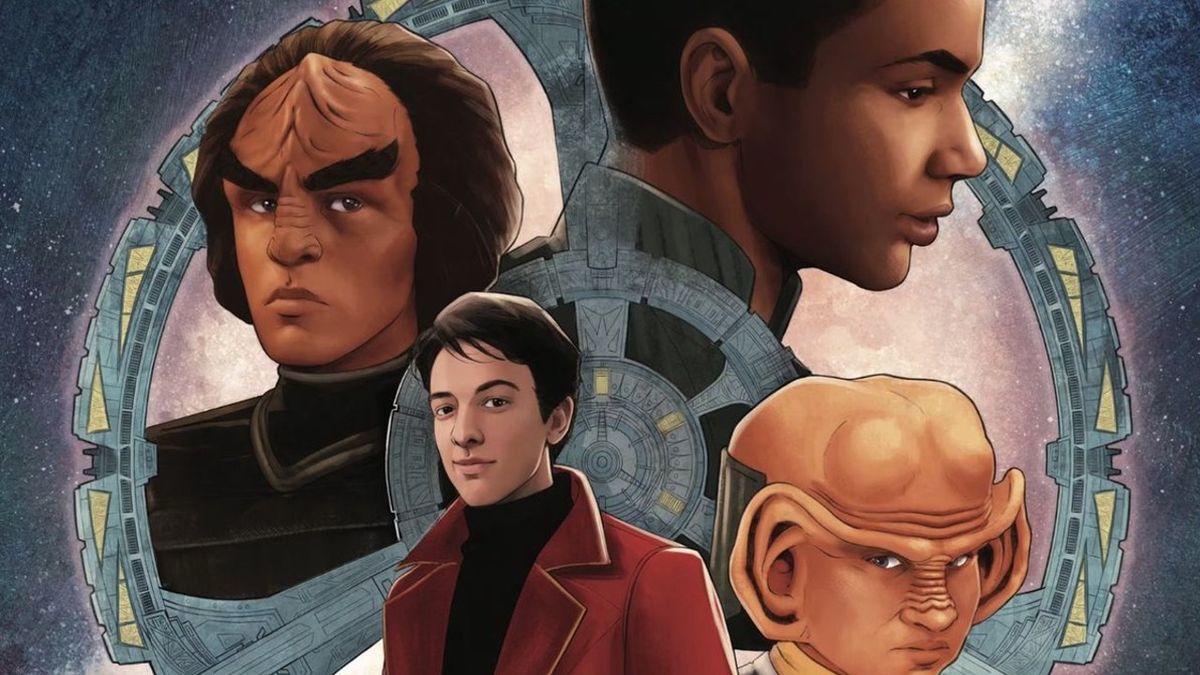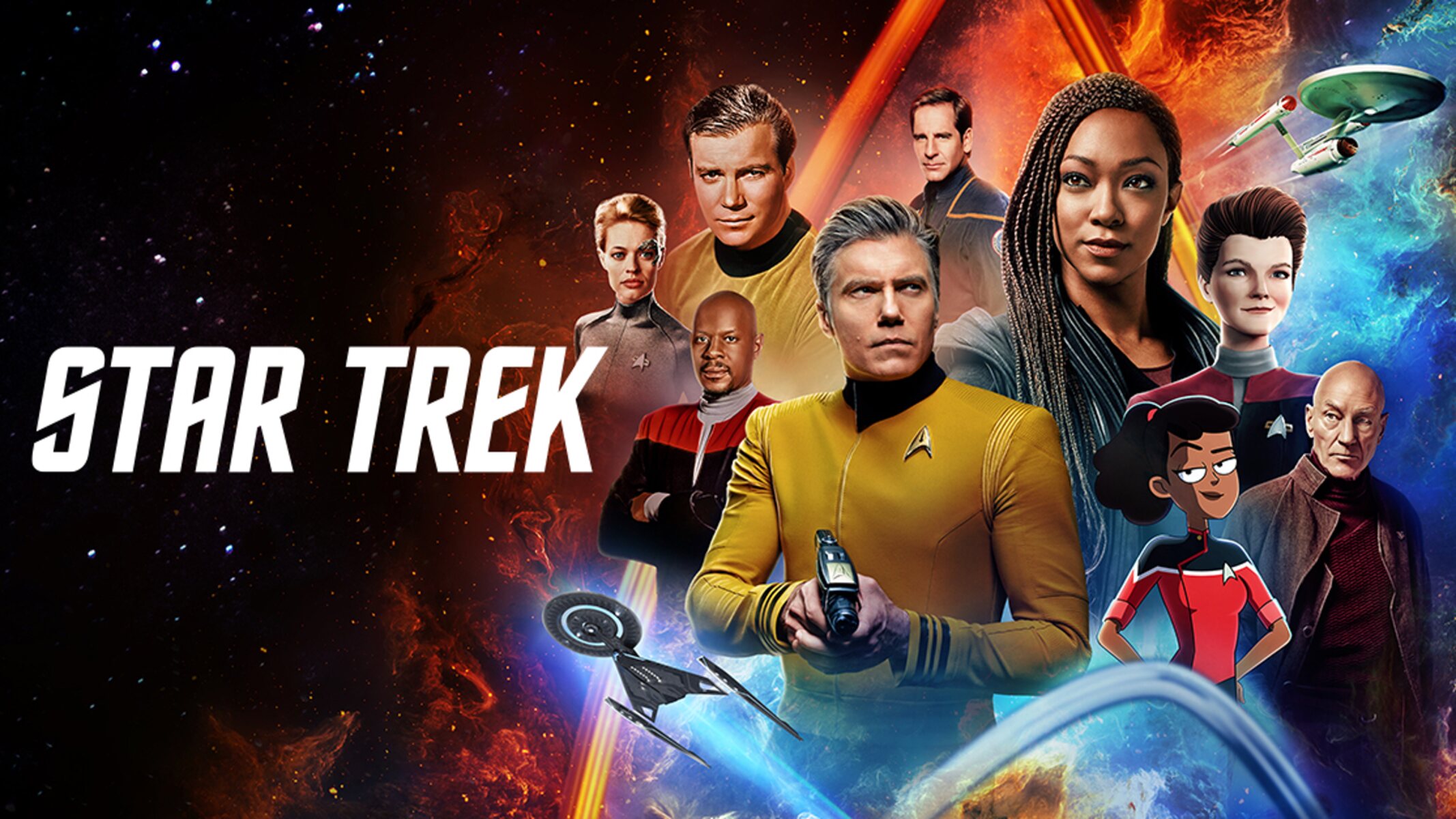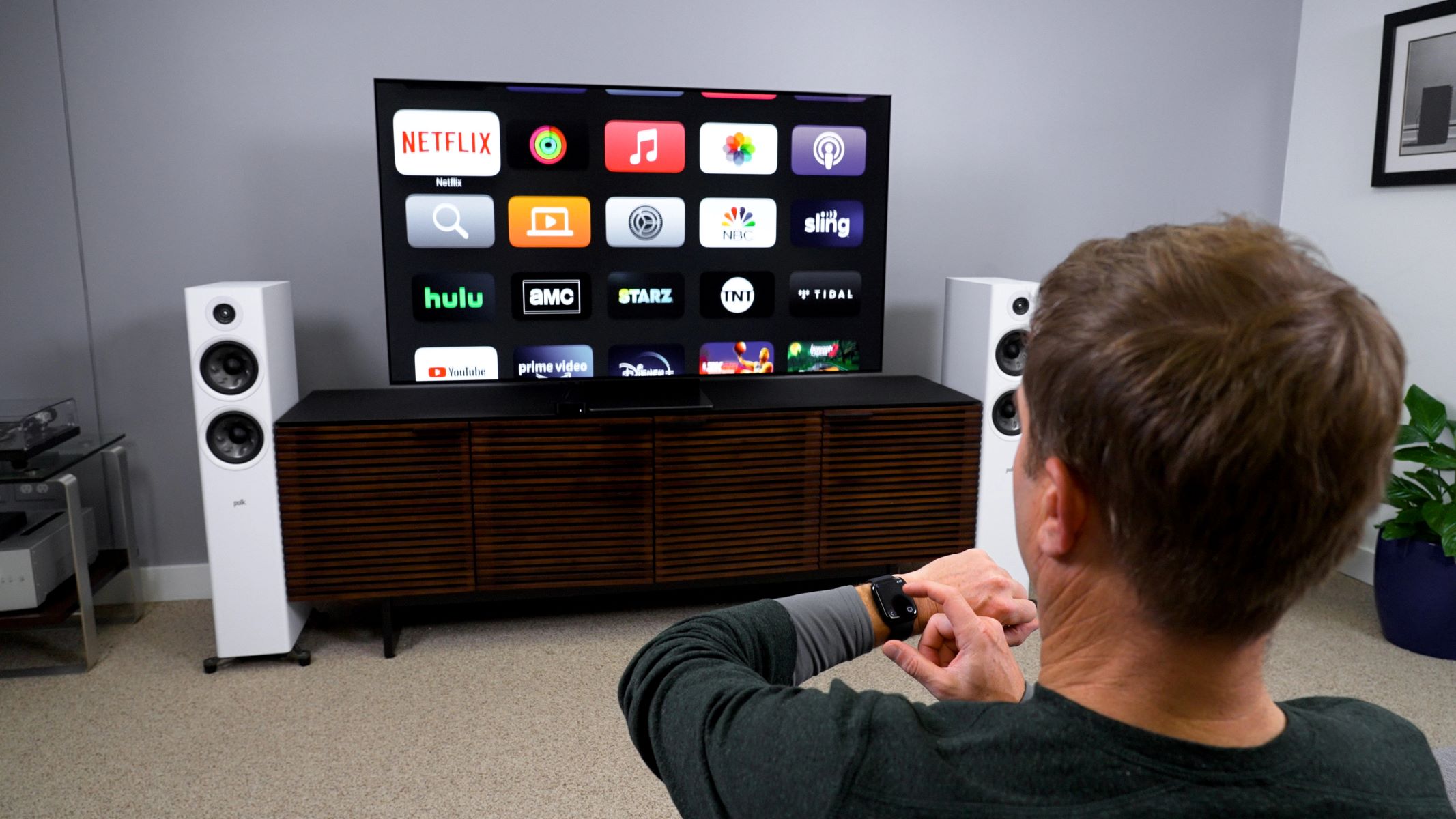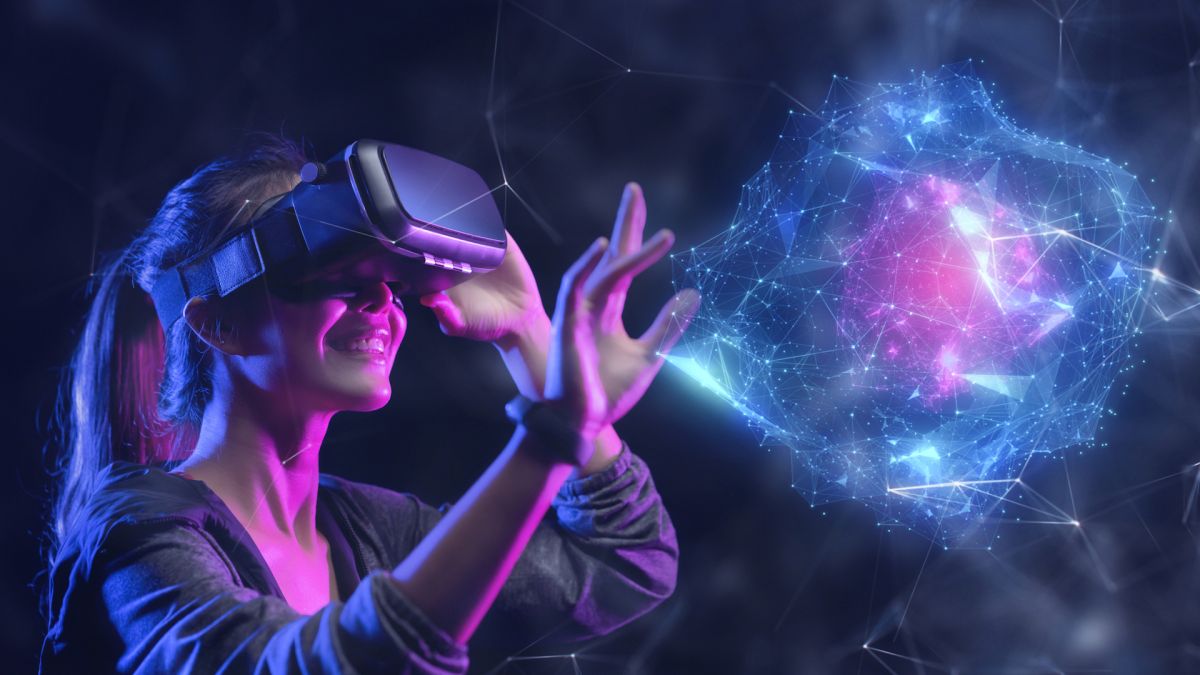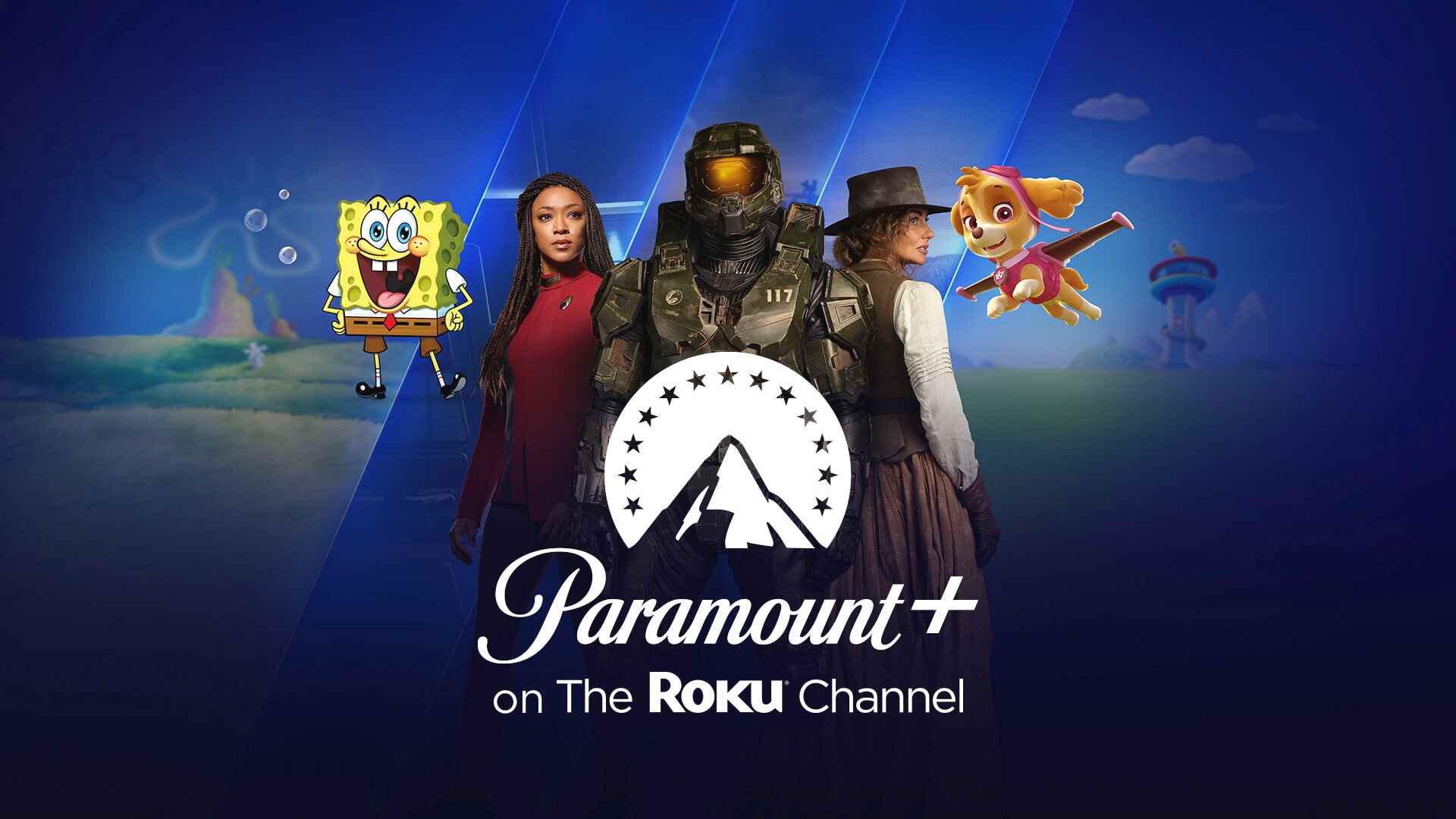For years, fans of the popular Star Trek series Deep Space 9 have yearned for a high-quality remaster that does justice to the show’s visuals. While the official remastering process for Star Trek: The Next Generation was a resounding success, it seemed unlikely that Deep Space 9 would receive the same treatment due to its lower popularity and profitability. However, a group of dedicated fans using AI upscaling technology have managed to create an impressive version of the series that surpasses the original broadcast quality.
Key Takeaway
Fans of Star Trek Deep Space 9 have used AI upscaling to create an impressive version of the series that surpasses the original broadcast quality. AI upscaling techniques recover implicit information from the original images and enhance them to create a visually stunning viewing experience. While AI upscaling has its limitations, it holds great potential for revolutionizing the way we consume digital content.
The Frustration of Watching Deep Space 9 in Low Resolution
Deep Space 9, like many shows from the ’90s, was shot on film but converted to video tape at a resolution of approximately 480p. While the DVDs provided a slightly better image quality, they were still limited by the technology of the time. This meant that fans who wanted to revisit the series were stuck with low-resolution versions that didn’t do justice to the show’s visual effects and detail. The lack of a proper remastering effort from Paramount further added to the frustration of fans.
The Power of AI Upscaling
Enter the world of AI upscaling, where fans take it upon themselves to enhance the visual quality of their favorite shows and movies. AI upscaling utilizes intelligent algorithms to analyze and enhance images, adding missing detail and improving overall clarity. While simple upscaling techniques exist, such as stretching an image to fit a higher-resolution display, AI upscaling takes it a step further by recovering implicit information and recreating missing details. This process requires knowledge and expertise to achieve the desired results.
Joel Hruska, one such fan and passionate supporter of AI upscaling, has dedicated countless hours to improve the quality of Deep Space 9 episodes. Through a painstaking process of trial and error, Hruska has utilized various AI upscaling methods and combined them to create an episode that rivals professionally remastered versions. The results are impressive, with the upscaled episodes appearing significantly better than the original broadcasts.
The Limitations and Potential of AI Upscaling
While AI upscaling has shown great promise, there are limitations to its capabilities. Upscaling algorithms require fine-tuning and adjustment depending on the scene and content being enhanced. There is no one-size-fits-all solution, and achieving optimal results requires a combination of expertise, taste, and trial and error. Additionally, the process can be computationally intensive and time-consuming, making it less accessible for the average user.
Despite these challenges, the power of AI upscaling is clear, and it has the potential to revolutionize the way we consume digital content. Imagine being able to stream a 720p video that looks nearly as good as a 4K one, thanks to intelligent upscaling algorithms. The future holds great possibilities for real-time, high-quality upscaling, as technology continues to advance.







